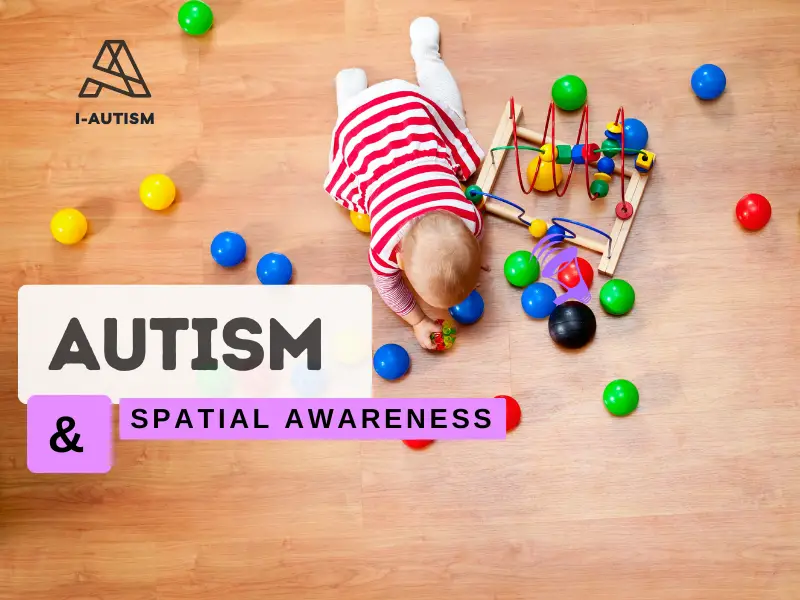Spatial awareness—the ability to understand where our bodies are in space and how we relate to objects and people around us—is crucial for daily tasks, movement, and social interaction. For individuals with autism, spatial awareness can sometimes be atypical or underdeveloped, leading to difficulties in coordination, personal space, and safety. This article explores how autism affects spatial awareness and provides actionable strategies to support development in children and adults.
What Is Spatial Awareness?
Spatial awareness refers to the perception of one’s body in space and the relationship between objects, people, and the environment. It plays a role in:
- Balance and coordination
Enables individuals to maintain stability while walking, sitting, or participating in physical activities. Children with poor spatial awareness may trip frequently, struggle with riding bikes, or have difficulty standing still without swaying. - Navigating through environments
Involves moving around obstacles, walking through crowds, or entering/exiting spaces without bumping into things. An autistic child may walk too close to walls or people, appearing unaware of their surroundings. - Judging distance and direction
Helps in tasks like catching a ball, parking a car, or estimating how far away an object is. Without this, someone might reach too far or not far enough, drop objects when handing them to others, or miscalculate how long it takes to get somewhere. - Understanding personal space
Relates to knowing how close to stand or sit near others. An autistic person may unintentionally invade someone’s personal space or stand too far away during conversation, making interactions uncomfortable or awkward. - Participating in sports, driving, and everyday movement
Spatial awareness affects everything from throwing and catching to merging into traffic or climbing stairs. A lack of it can result in avoidance of sports, difficulty with driving, or hesitancy on escalators and uneven terrain.
In autistic individuals, spatial awareness may be either delayed or manifest differently—some may seem clumsy, invade others’ personal space unintentionally, or have exceptional abilities like mental mapping.
How Autism Affects Spatial Awareness
1. Sensory Processing Differences
Many people with autism experience sensory integration issues. This can disrupt the brain’s ability to accurately process spatial input from the body (proprioception), eyes (visual-spatial), and inner ear (vestibular).
- Proprioceptive challenges may result in bumping into objects or difficulty judging where limbs are.
- Visual-spatial challenges can affect depth perception or tracking moving objects.
- Vestibular issues may affect balance or cause a fear of movement.
2. Motor Planning Difficulties (Dyspraxia)
Motor planning, or praxis, involves knowing how to move the body to achieve a goal. Autistic individuals may experience developmental coordination disorder (DCD), also known as dyspraxia.
- Difficulty sequencing steps in a task
- Trouble catching balls, climbing, or handwriting
- Seeming “uncoordinated” or slow to complete tasks
3. Executive Function Challenges
Spatial awareness is tied to executive function—skills like attention, memory, and planning. These skills help people adapt to space, obstacles, and routines.
- Difficulty transitioning through crowded spaces
- Trouble estimating distance or spatial boundaries
- Difficulty generalizing spatial concepts like “behind,” “under,” or “beside”
4. Social and Communication Factors
Understanding spatial cues is a key part of social interaction. For instance:
- Standing too close or too far from others
- Not recognizing social boundaries tied to physical space
- Difficulty interpreting body language in spatial context
Real-Life Signs of Spatial Awareness Challenges
- Knocking over objects frequently
Individuals may bump into desks, misjudge door frames, or knock over cups due to not perceiving their spatial environment accurately. - Poor posture or balance
Slouching, leaning excessively, or appearing wobbly when walking may be signs that the body’s spatial orientation isn’t fully developed. - Misjudging where doors or hallways begin
May hesitate before walking through doors, veer slightly when entering a hallway, or appear confused when transitioning between spaces. - Struggling with puzzles, blocks, or LEGO-type activities
These tasks require visual-spatial reasoning; difficulty can be a red flag, especially when the child avoids them altogether. - Inconsistent handwriting or trouble spacing letters
Letters may be crammed together or spaced too far apart, written in varying sizes, or stray off lines—indicating challenges in coordinating visual and motor skills. - Difficulty staying in line or following spatial cues in group settings
May bump into peers, not know where to stand in queues, or fail to maintain appropriate distance while waiting or walking in a group.
Strengths and Unique Profiles
It’s important to note that not all individuals with autism struggle with spatial skills. Some may exhibit strong spatial memory or excel in fields like:
- Architecture
- Engineering
- 3D modeling
- Video games and virtual environments
Their unique brain wiring may allow them to excel at visualizing space in abstract or mathematical ways.
Supporting Spatial Awareness in Autism
1. Occupational Therapy (OT)
OT is often the frontline support for spatial awareness challenges in autism. Therapists may use:
- Proprioceptive and vestibular exercises (jumping, climbing, resistance activities)
- Obstacle courses for planning and coordination
- Hand-eye coordination games
- Activities to develop body schema (understanding body position in space)
2. Visual Supports
Since many autistic individuals are visual learners, using visual aids helps reinforce spatial concepts:
- Maps, diagrams, and picture schedules
- Floor markers or taped boundaries
- Arrows, color-coded pathways, or furniture labeling
3. Movement-Based Learning
Incorporate spatial learning through play and physical movement:
- Dance routines or yoga
- Simon Says or Twister
- Sports that emphasize coordination and timing
- Building games like blocks or kinetic sand
4. Technology Tools
There are apps and digital tools that support spatial reasoning:
- Puzzle-based apps like “Tetris” or “Shape Gurus”
- Augmented reality games that teach navigation and orientation
- VR-based spatial navigation tools (for older children and adults)
5. Teach Spatial Language
Help children understand and use spatial terms:
- Use books and stories that emphasize words like “in front of,” “next to,” “under”
- Practice these concepts in everyday settings: “Let’s put the book on top of the table.”
Spatial awareness is a foundational skill for safety, independence, and social interaction. While individuals with autism may face challenges in this area, there are powerful ways to support growth—through therapy, play, technology, and communication. Recognizing and nurturing both strengths and struggles is key to helping autistic individuals navigate their world more confidently.
FAQs
- Is poor spatial awareness a symptom of autism?
It’s not a core diagnostic feature, but many autistic individuals experience spatial challenges. - Can spatial awareness improve with therapy?
Yes, occupational therapy and targeted interventions can significantly help. - How can I tell if my child has spatial awareness issues?
Look for signs like clumsiness, difficulty judging space, or motor delays. - Are all people with autism spatially impaired?
No. Some excel in spatial tasks and may even show exceptional abilities. - Can technology help improve spatial awareness?
Apps and games that encourage puzzle-solving, building, and coordination can be effective. - What’s the difference between proprioception and spatial awareness?
Proprioception is the internal sense of body position; spatial awareness includes this and external orientation in space. - Do adults with autism face spatial issues too?
Yes, though they may adapt over time or develop coping strategies. - What role does physical activity play in spatial development?
Activities that engage movement, balance, and coordination are essential for building spatial skills. - Should I worry if my child has trouble with puzzles or sports?
These may be signs of spatial awareness challenges—early assessment can help guide support. - Can schools help?
Yes, schools with access to OTs, physical education adaptations, and visual supports can play a big role.
Learn how autism affects spatial awareness—explore signs, causes, and practical strategies to support motor coordination, safety, and independence.



